1. Woolly Mammoth
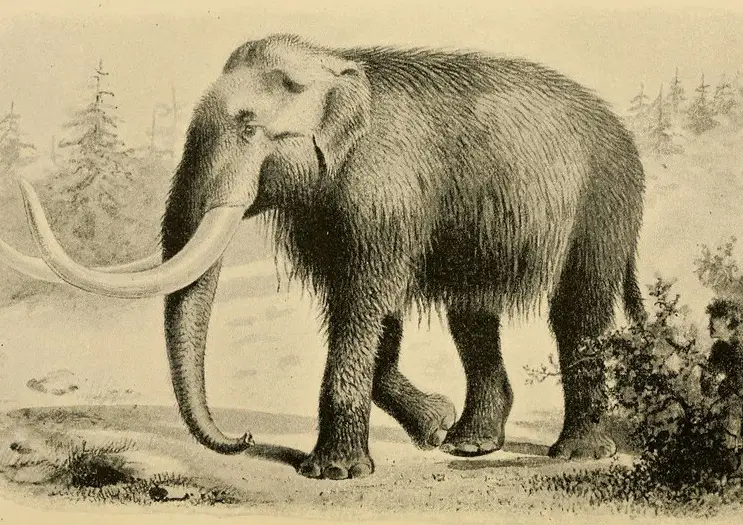
Last Seen: Around 4,000 years ago
Why It Went Extinct: Likely a mix of climate change and overhunting by humans
Revival Efforts: Researchers at Colossal Biosciences are using genetic engineering to bring back the woolly mammoth by splicing mammoth genes with those of the modern Asian elephant. They hope reintroducing these “mammoth-elephant hybrids” could help restore Arctic grasslands.
Should We Do It? Critics worry about the practicalities of reintroducing such large animals to today’s ecosystem and question if they could even survive in the modern Arctic environment.
2. Passenger Pigeon
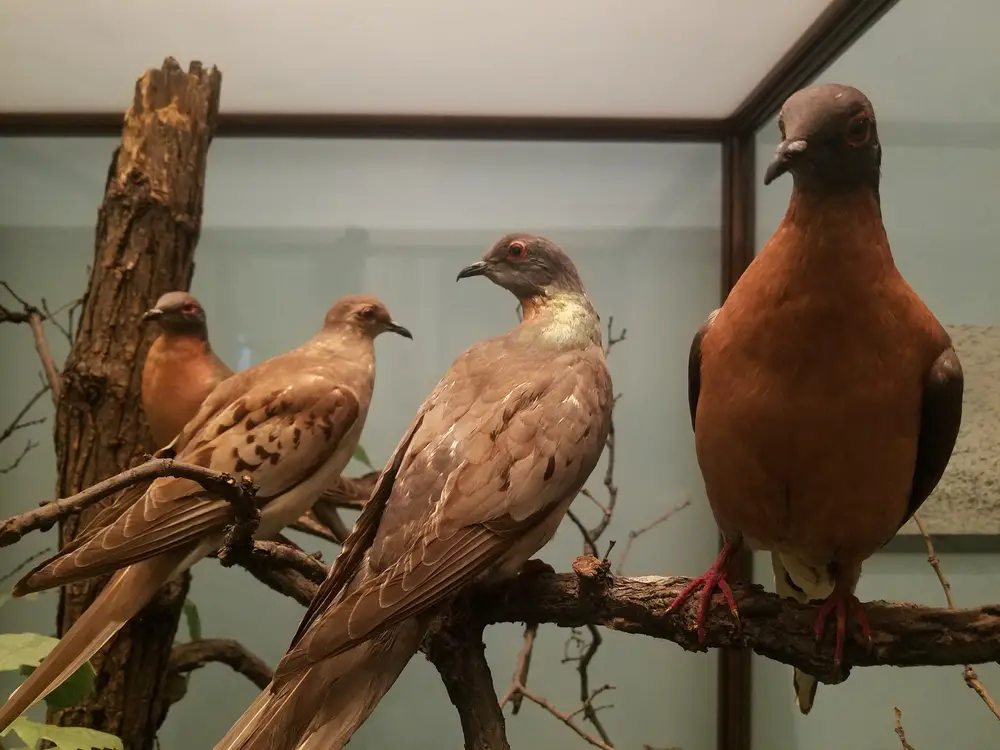
Last Seen: 1914
Why It Went Extinct: Intensive hunting and habitat destruction
Revival Efforts: The group Revive & Restore has been working to revive the passenger pigeon by editing the DNA of closely related band-tailed pigeons to include traits from the extinct bird.
Should We Do It? Supporters say reintroducing the passenger pigeon could restore lost biodiversity, while opponents worry it may disrupt modern ecosystems.
3. Thylacine (Tasmanian Tiger)
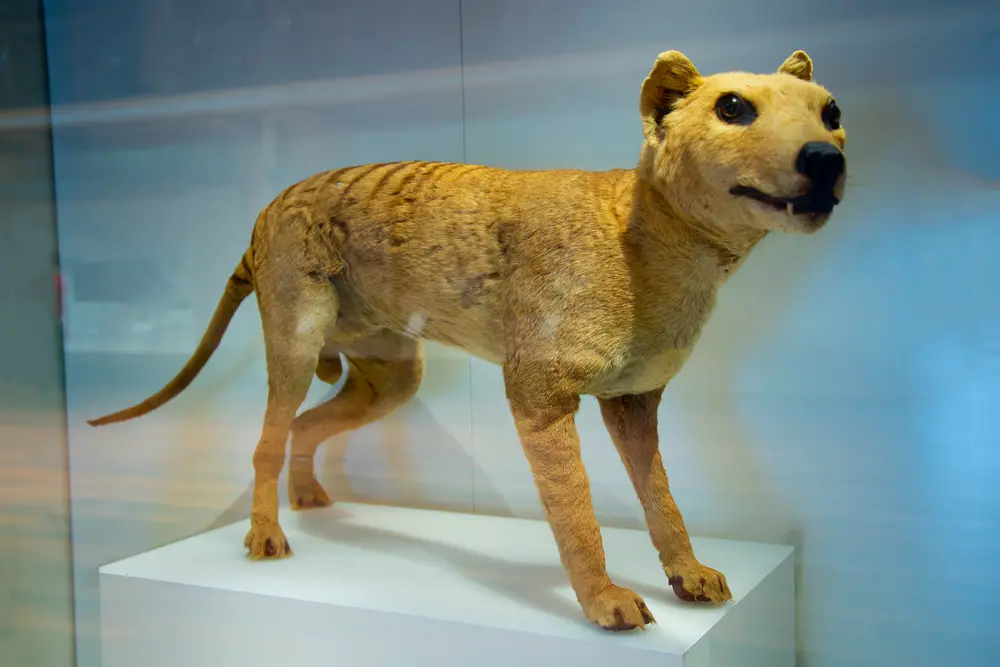
Last Seen: 1936
Why It Went Extinct: Hunted to extinction and impacted by habitat loss
Revival Efforts: Scientists at the University of Melbourne are partnering with genetic researchers to bring back the thylacine by sequencing its DNA and modifying the genetic material of a close marsupial relative.
Should We Do It? Some believe bringing back the thylacine could boost Tasmania’s natural balance, while others question the animal’s ability to adapt after nearly a century gone.
4. Pyrenean Ibex
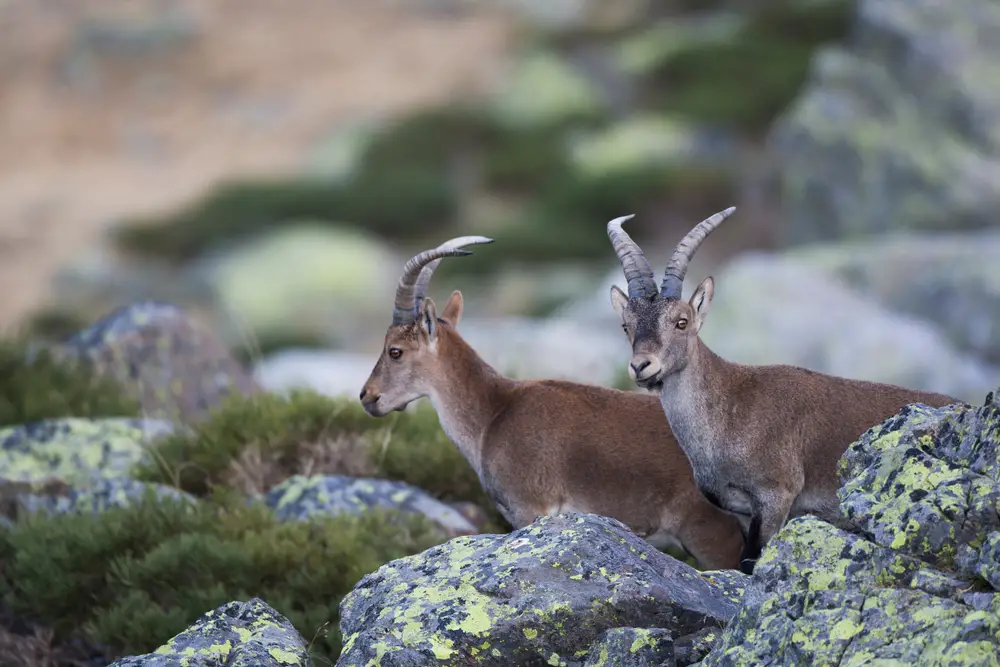
Last Seen: 2000
Why It Went Extinct: Hunting and habitat loss
Revival Efforts: A cloned Pyrenean ibex was successfully born in 2003, making it the first species brought back from extinction, though it sadly died soon after. Scientists are continuing to refine cloning techniques to achieve a more stable population.
Should We Do It? While the ibex could potentially reintegrate with other ibex species, challenges around genetic diversity and cloning success remain high.
5. Dodo
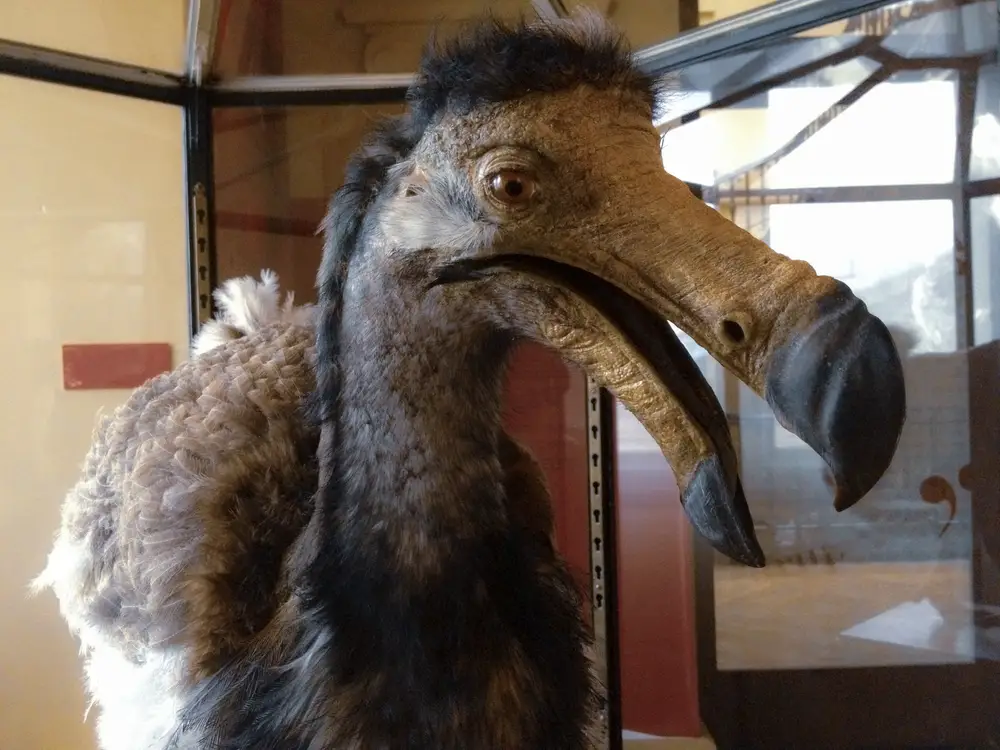
Last Seen: Late 1600s
Why It Went Extinct: Hunted to extinction by humans and invasive species introduced to its habitat
Revival Efforts: Scientists at Harvard and Colossal Biosciences are analyzing preserved dodo DNA to potentially recreate the bird, using modern pigeon DNA as a base.
Should We Do It? Many are excited at the idea of seeing the dodo again, but some worry about releasing a species back into a habitat altered significantly since its extinction.
6. Heath Hen
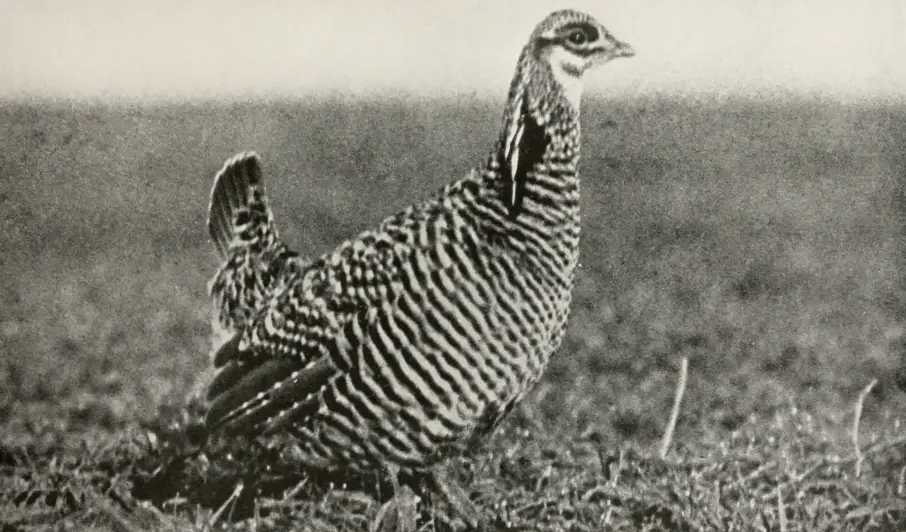
Last Seen: 1932
Why It Went Extinct: Overhunting and habitat destruction
Revival Efforts: Revive & Restore is working on plans to bring back this relative of the prairie chicken by editing the DNA of similar bird species to reintroduce the heath hen’s traits.
Should We Do It? Proponents argue it could restore unique ecological roles, while others feel resources may be better used for protecting endangered species today.
7. Carolina Parakeet
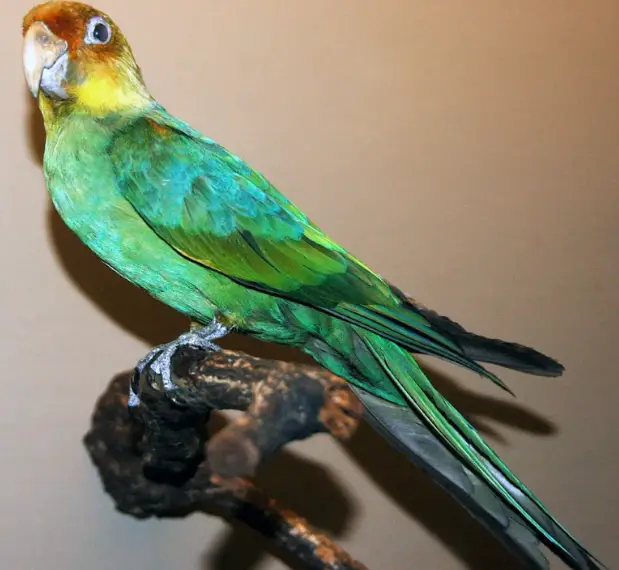
Last Seen: Early 1900s
Why It Went Extinct: Habitat loss and hunting
Revival Efforts: Scientists are exploring the Carolina parakeet’s close relatives, such as the sun parakeet, as possible genetic bases for resurrection efforts.
Should We Do It? Conservationists hope the colorful bird could thrive in the Southeastern U.S., but concerns remain about how reintroduction would impact existing bird populations.
8. Quagga
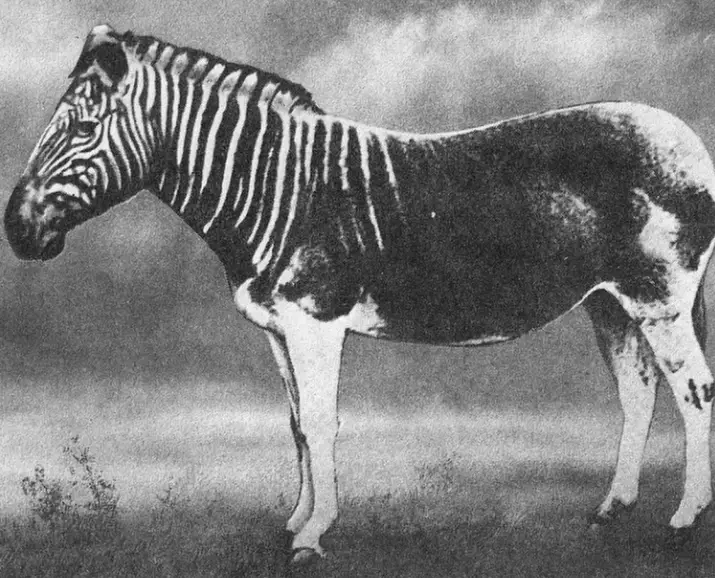
Last Seen: Late 1800s
Why It Went Extinct: Overhunting and habitat encroachment
Revival Efforts: The Quagga Project in South Africa is selectively breeding plains zebras to resemble the quagga, a subspecies with unique markings.
Should We Do It? Since quaggas were closely related to modern zebras, supporters believe it could thrive without disruption, while critics worry this “back-breeding” may not truly recreate a quagga.
9. Irish Elk
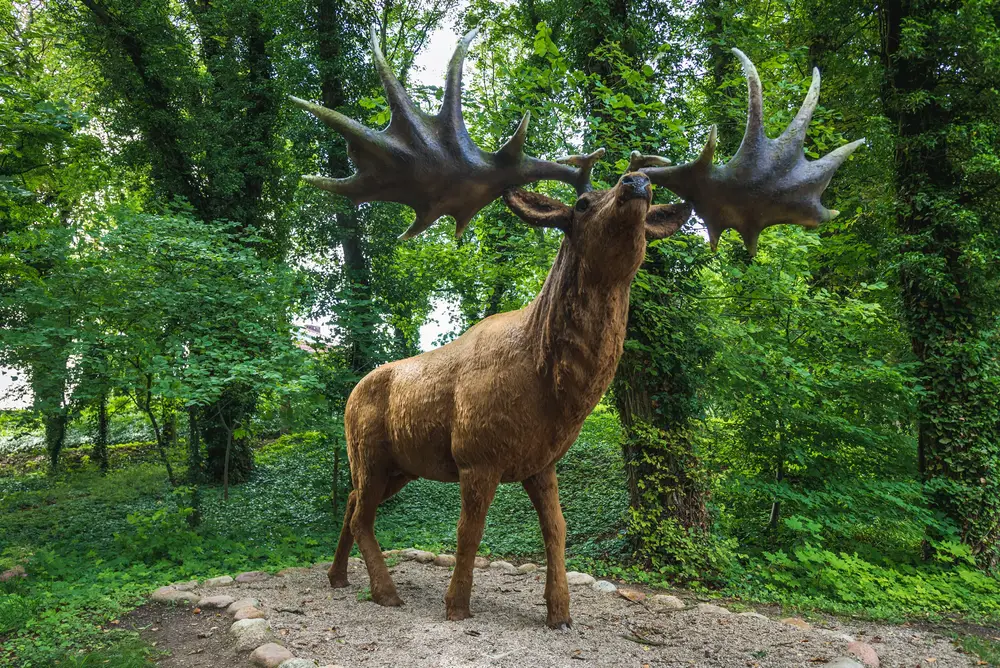
Last Seen: Around 7,700 years ago
Why It Went Extinct: Likely due to climate change and changing vegetation
Revival Efforts: Scientists are researching the genetic links between Irish elk and modern deer species to potentially recreate this large, majestic animal.
Should We Do It? Supporters say it could enhance European ecosystems, but opponents question the feasibility and risks of reintroducing such a large animal.
10. Great Auk
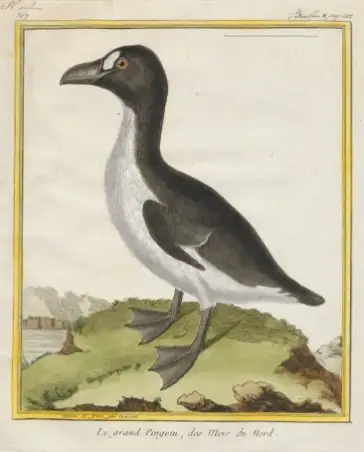
Last Seen: 1844
Why It Went Extinct: Overhunting and habitat exploitation
Revival Efforts: Researchers are sequencing DNA from preserved specimens, with potential plans to modify related birds to bring back traits unique to the Great Auk.
Should We Do It? Advocates argue its return could boost marine biodiversity, while others fear reintroduction might disrupt existing ecosystems.
11. Steller’s Sea Cow
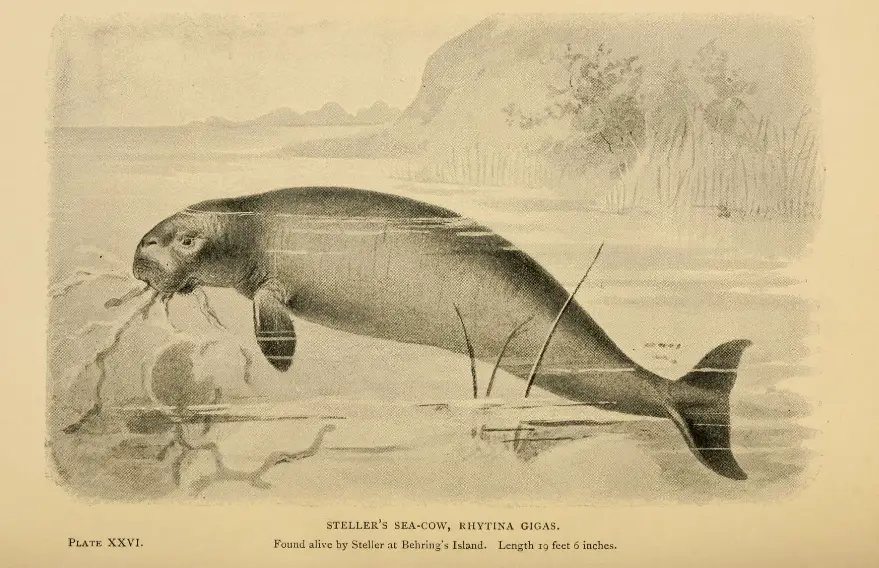
Last Seen: 1768
Why It Went Extinct: Rapid hunting by humans
Revival Efforts: Some scientists are considering reviving the sea cow using DNA from manatees, their closest living relatives.
Should We Do It? With slow reproduction rates, the sea cow might struggle in modern oceans, and researchers worry about impacts on current marine species.
12. Saber-Toothed Cat
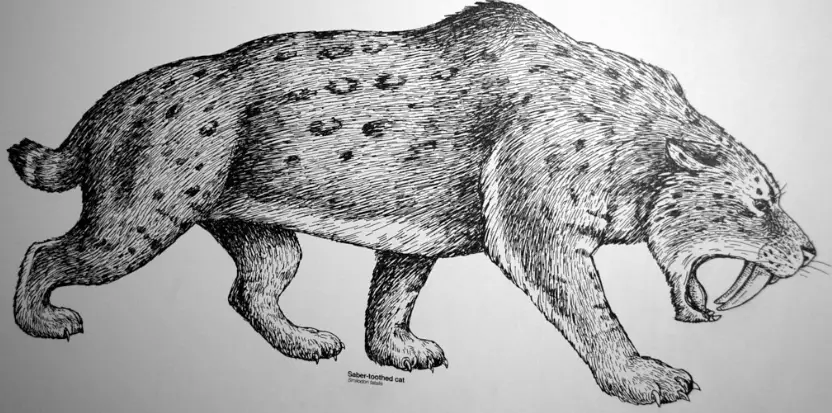
Last Seen: Approximately 10,000 years ago
Why It Went Extinct: Climate change and loss of large prey
Revival Efforts: Studies are exploring genetic similarities with modern big cats, but reviving a predator of this size presents considerable technical and ethical challenges.
Should We Do It? Many question the practicality and safety of reintroducing an ancient predator into today’s ecosystems, given the potential for human-wildlife conflicts.
13. Gastric-Brooding Frog
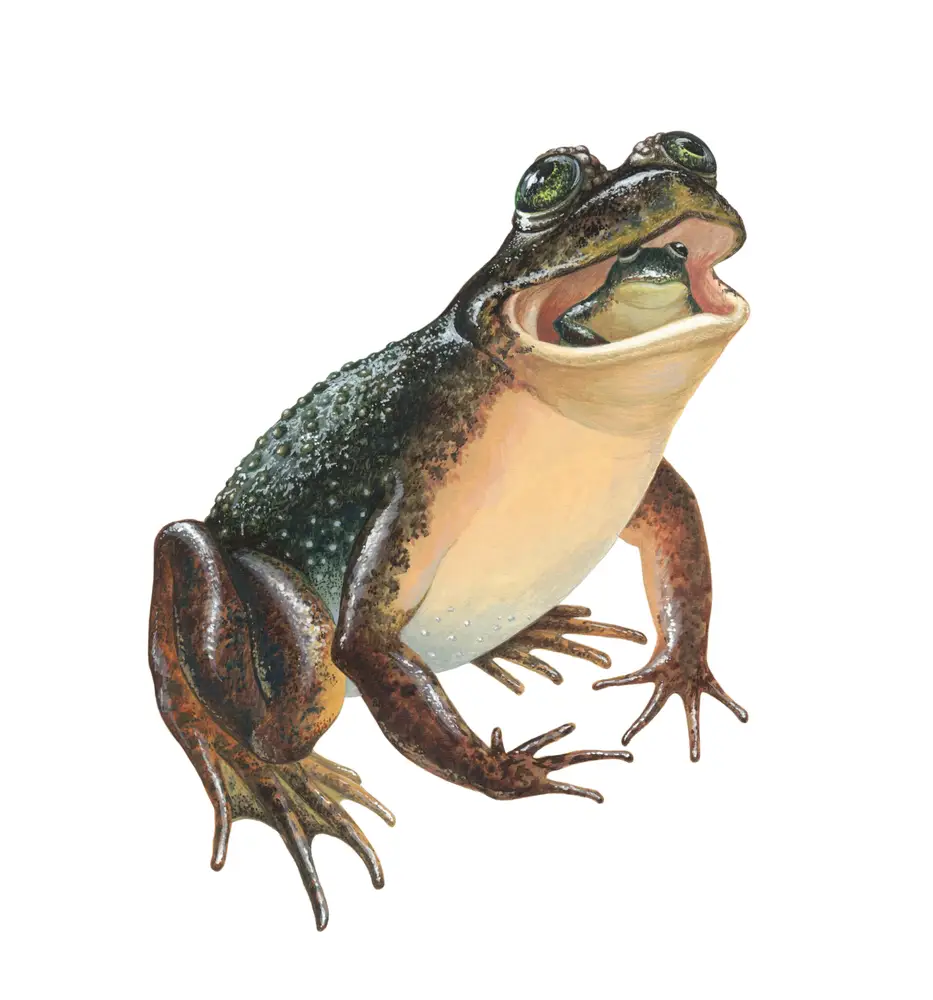
Last Seen: Early 1980s
Why It Went Extinct: Disease and habitat loss
Revival Efforts: Researchers successfully grew gastric-brooding frog embryos using frozen genetic material, though attempts haven’t yet produced a fully developed adult frog.
Should We Do It? Scientists hope reviving the species could aid in understanding unique reproductive biology, but critics wonder if this focus diverts resources from conserving endangered amphibians today.


